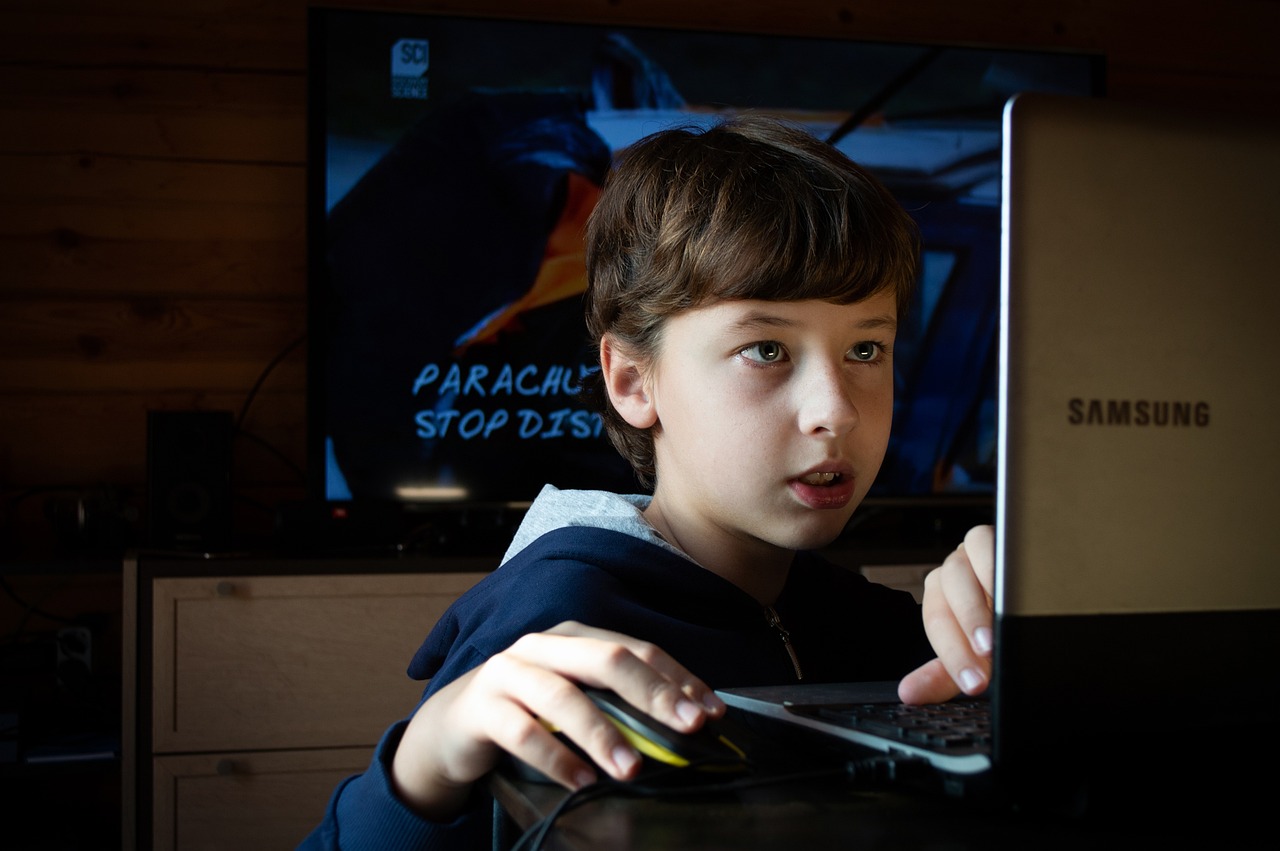As the digital world continues to revolutionize, various platforms have emerged, offering people the ability to create and share content. One such platform is TikTok, an application that allows users to generate brief videos incorporating music, dialogues, dances and notably - visual effects. These features enhance creativity but they also come with a responsibility for conscientious usage.
Visual effects are essentially computer-generated images used to create scenes or effects in videos that would be difficult or impossible to achieve with conventional filming methods. On TikTok, these include filters, transitions, AR lenses, animated stickers and more. Users leverage these tools to make their content more engaging and aesthetically pleasing.
However, the use of visual effects should always be undertaken responsibly. This means considering not only how they might improve a video's visuals but also how they could potentially impact viewers' perceptions and emotions.
Firstly, it is important not to mislead viewers by creating false representations of reality through excessive use of visual effects. For instance, using beauty filters constantly can promote unrealistic beauty standards causing negative implications for self-esteem among impressionable audiences like teenagers.
Moreover, some visual effects may trigger seizures in people with photosensitive epilepsy due to rapid flashes or high-intensity strobe lights. Henceforth creators must be cautious about employing such elements without appropriate warnings.
Another crucial aspect involves respecting intellectual property rights when utilizing visual effects created by others. Unauthorized usage not only infringes upon copyright laws but also stifles originality in content creation.
Lastly but significantly - user privacy should never be compromised under any circumstances while deploying AR filters or similar features which require access to personal data like facial recognition patterns.
To summarize this discourse on responsible use of visual effects on TikTok - as exciting as these creative tools are for enhancing our digital narratives; we must remember that with great power comes great responsibility. By being mindful about potential harm from deceptive content, respecting intellectual property rights, and protecting user privacy, we can foster a healthier digital environment for everyone to thrive in. After all, the essence of these platforms is not just about creating engaging content but also about nurturing an online community that respects each other’s perspectives and boundaries.

